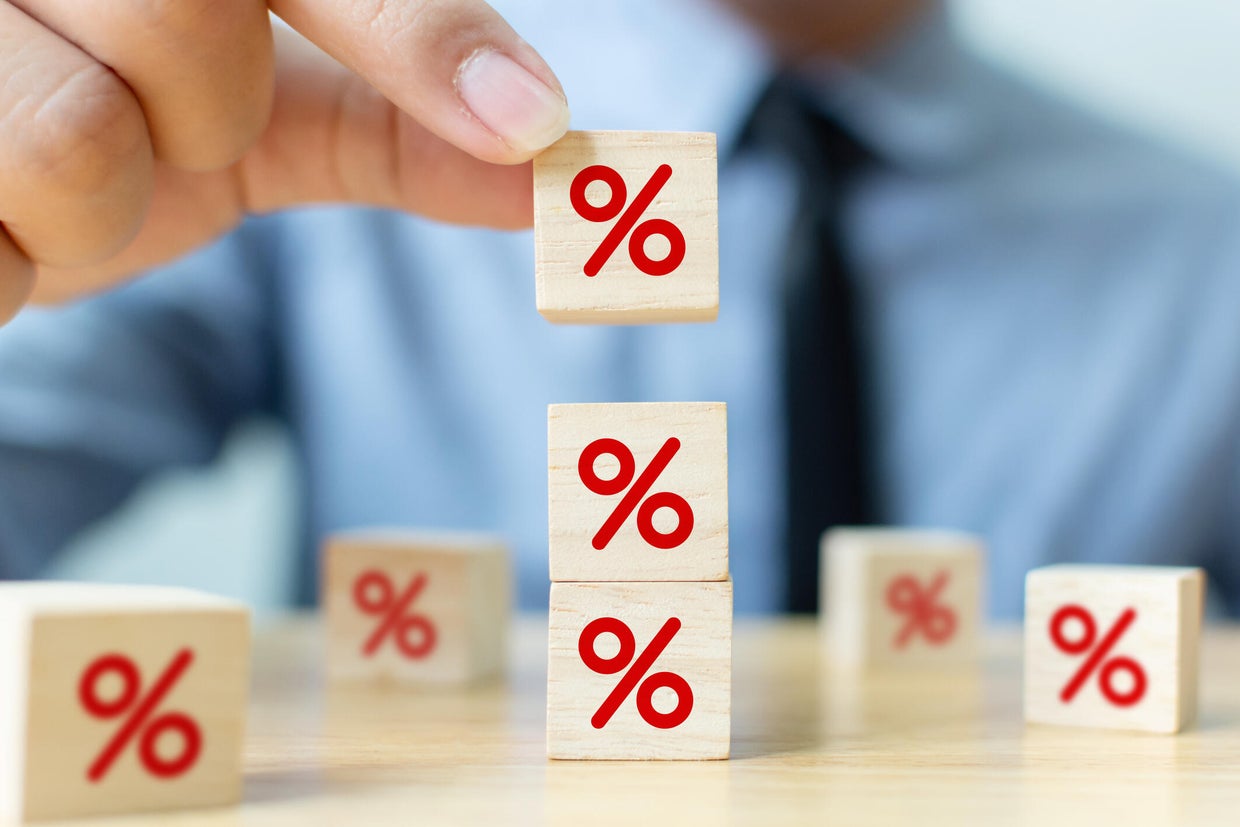What could trigger a credit card penalty APR?
It's easy to swipe a credit card and go about your day, but if you're not careful, the cost of using that card can suddenly shoot up — sometimes way up — thanks to something called a penalty annual percentage rate (APR). If you've never heard of it before, or if you've seen it listed in the fine print and glossed over it, your lack of knowledge about this credit card feature could end up costing you. After all, penalty APRs are one of those lesser-known but very real features of credit cards that can make your debt a lot more expensive if you slip up.
Let's say you miss a credit card payment or two or go over your credit limit — both of which are common issues that many cardholders can face. Depending on the credit card issuer, though, those simple mistakes can set off a chain reaction that makes every new purchase, or your current balance, come with a penalty interest rate of 29.99% or more. That's a serious jump from the average 22% card rate you might be used to. And once that higher rate kicks in, it doesn't necessarily go away quickly.
So, if you're a credit card user, understanding what triggers a penalty APR and how it can impact your overall credit health is important for staying in control of your finances. Below, we'll detail what to know about this card feature and how it might affect your wallet.
Learn how you can better manage your high-rate credit card debt today.
What could trigger a credit card penalty APR?
A penalty APR isn't something that kicks in randomly. It's usually triggered by specific behaviors that credit card issuers consider risky. The most common trigger is falling behind on your credit card bills and ending up more than 60 days late on your payments. At that point, many card issuers reserve the right to apply a much higher interest rate to your card as a way to protect themselves in case you fully default on what's owed.
Another big trigger is bouncing over your credit limit. Even though many cards these days have some protections or opt-in overdraft features, going over your limit can still be seen as a red flag to card issuers, as it appears that you're struggling with your finances and need access to credit that you may not be able to pay back. Similarly, if a payment is returned due to insufficient funds or a bank issue, that too could trigger the penalty APR clause.
Some card issuers even reserve the right to impose a penalty APR if you default on other credit accounts that you have from the same issuer or lender. It's not common, but it's worth knowing that your credit behavior on one card or loan can sometimes affect another. The point is, though, that credit card companies have these terms spelled out in the cardholder agreement, but you need to read through that information when you open a new card or at least be aware of the basics — or it could cost you.
Get rid of your high-rate debt now.
How can a penalty APR impact your credit card debt?
The financial impact of a penalty APR can be substantial and long-lasting. Here's how it can affect your overall debt situation:
- Accelerated interest accumulation: With penalty rates often hovering around 29.99%, these higher APRs can dramatically increase the amount of interest you pay each month — especially if you're making new purchases on a card with a penalty APR in place.
- Extended payoff timelines: Higher interest rates mean more of your monthly payment goes toward interest rather than reducing the principal balance. This extends the time needed to pay off your debt, potentially by years, depending on your balance and payment amount.
- Difficulty qualifying for hardship programs: Many issuers are reluctant to offer hardship assistance to cardholders who are already subject to penalty pricing, creating a challenging situation for those facing financial difficulties.
- Credit score implications: While the penalty APR itself doesn't directly impact your credit score, the behaviors that triggered it (like late payments) and the resulting higher balances due to increased interest can significantly damage your credit rating.
That said, card issuers are required by law to review accounts with penalty rates after six months of on-time payments — and must remove the penalty rate if the terms are met. However, prevention remains your top strategy if you want to avoid this type of issue. That means being aware of your payment due dates, setting up automatic payments for at least the minimum due, staying well below your credit limits and monitoring your account regularly, all of which can help you avoid the triggers that lead to penalty pricing.
If you do find yourself facing a penalty APR, focus on making every payment on time going forward to qualify for a rate review as quickly as possible.
The bottom line
Penalty APRs are one of the more painful consequences of slipping up with a credit card. These types of rates can have a big impact on the overall cost of your credit card debt, but the good news is that they're completely avoidable. By paying your credit card bill on time, keeping your balance well below your limit and monitoring your account regularly, you can sidestep those steep interest rates entirely.
If you do find yourself hit with a penalty APR, don't panic, but do take action. Call your card issuer, explain your situation and see if they'll reduce your rate after a few months of on-time payments. Many lenders are more flexible than people think, especially if you show you're trying to turn things around.




